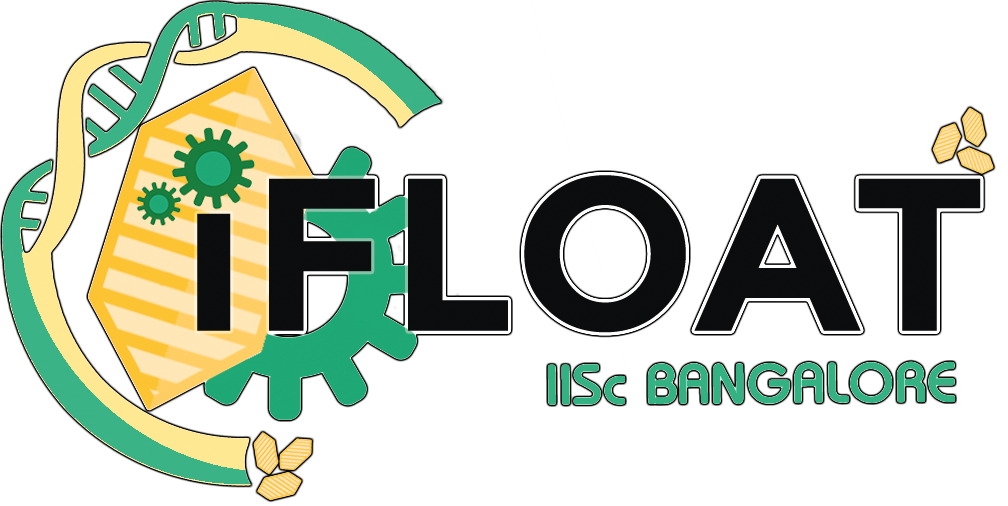
Lupin
Lupin is the seventh-largest biopharmaceutical company in the world by market capitalization, specializing in manufacturing biosimilars and therapeutics. Lupin Research Park — headquartered in Pune, India — hosts the R&D program and is home to over 1400 scientists who work on drug design, manufacturing and delivery.

As part of our initiative to collaborate with industry and discover how gas vesicles' unique properties could be exploited, we contacted Lupin and requested a meeting with their Head of Downstream Processing to discuss our project ideas and potential applications.
In mid-July, the week after the iGEM India Meet-Up at IISER Pune, we entered Lupin's R&D facility — leaving all our electronics with security (making us unable to photographically document our journey) — to discover a whole new world... Held to industrial biosafety standards, Lupin's environment was spartan. Fire extinguishers, emergency exits, spill clean-up cabinets and personal protective equipment stands were displayed prominently, emphasizing the importance of safety in such a well-regulated industry.
After a short wait at reception, we were ushered to a conference room with the Head of Downstream Processing and a Principal Research Scientist — Dr Bhaskar Jyoti Prasad — our guide for the day. In that official setting, after they gave us a run-down of their industrial processes, we pitched our project idea — iFLOAT 1.0 — to them and explained to them the features of gas vesicles that might make them attractive for industrial applications.
FLOATeins — A Failed Idea
Our initial idea — using gas vesicles for protein purification — was met with some skepticism. We had suggested tagging our recombinant protein of interest fused to GvpC via a cleavable tag (e.g. TEV site) and making the cell over-express both this construct and gas vesicles. After cell lysis, the recombinant protein of interest would be concentrated at the surface and could be skimmed off easily.
The first objection was that cellular resources are limited: it would be impossible for a cell to over-express recombinant protein in sufficient quantity when also being forced to express gas vesicles. The second objection was that our recombinant protein of interest, even after separation from GvpC by cutting with TEV protease, would have some extra amino acids left over, which would not conform to regulatory standards for biosimilars.
Regulations
This brought up a very interesting issue, one that we had not encountered before. In all our discussions on using gas vesicles for protein purification in industry, we had never once gone through the required regulatory approvals we would need to get. By being so focused on showing a proof of concept on a lab scale, we'd neglected to check if our project could be scaled up to industrial levels while complying with existing regulations.
After nearly an hour of discussion with our guide, we understood the rough regulations that biosimilar-producing companies — like Lupin — has to follow. For any therapeutic purposes, the recombinant protein of interest produced must be exactly identical to the original, with not a single amino acid out of place.
Cell Separation
After this long discussion of our idea, we engaged in a group brainstorming session with our guide chiming in with useful suggestions and advice. All the properties of gas vesicles were listed, along with possible ways they could be exploited in biotechnological processes. In the midst of all this discussion, one idea emerged: to use gas vesicles for flotation-based separation of cells from a mixture!
This idea was inspired by an earlier offhand remark that the Head of Downstream Processing had made during his explanation of their company's production process — that filters for mammalian cell separation are expensive and have to be replaced very often. Since enzymes had been expressed on gas vesicle surfaces, why not proteins binding to cell surface markers? If that could be done, we could open up a whole new range of applications for gas vesicles in industry!
Our visit to Lupin was the catalyst for the overhaul of our project, and inspired us to find new problems which we could tackle using gas vesicles!












